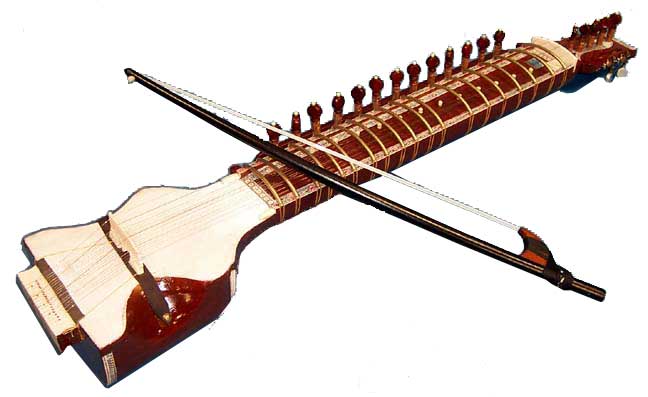intet_at_tabe
Rear Admiral Appassionata (Ret.)
So let´s Carry on (like J. J. Cale would have sung and played it) with two other albums by Egberto Gismonti of a later date. The first album "Infancia", recorded at the ECM Records 1991. The second album "Musica De Sobrevivencia", ECM Records 1993 with the same musicians as on the first album, but not the quartet/band Academia De Dancas, I mentioned earlier this morning.
The musicians on both albums:
Egberto Gismonti - piano, 8 and 10 string acoustic guitars, indian wooden flutes and indian percussion
Jacques Morelenbaum - cello
Zeca Assumpcao - double bass
Nando Carneiro - synthesizer, 8 string acoustic guitar, classical guitar and caxix
The music here obviously different because of the synthesizer and the cello involved. Nando Carneiro, a former student of EG in playing the specially built acoustic guitars by EG.
For those of you who digg the english rock el. bass player and vocalist STING (former The Police), you will have noticed the name Jacques Morelenbaum - cello, who also played with STING on albums like "Fields Of Gold", by A & M Records 1994 and "All This Time", by A & M Records 2001.
The musicians on both albums:
Egberto Gismonti - piano, 8 and 10 string acoustic guitars, indian wooden flutes and indian percussion
Jacques Morelenbaum - cello
Zeca Assumpcao - double bass
Nando Carneiro - synthesizer, 8 string acoustic guitar, classical guitar and caxix
The music here obviously different because of the synthesizer and the cello involved. Nando Carneiro, a former student of EG in playing the specially built acoustic guitars by EG.
For those of you who digg the english rock el. bass player and vocalist STING (former The Police), you will have noticed the name Jacques Morelenbaum - cello, who also played with STING on albums like "Fields Of Gold", by A & M Records 1994 and "All This Time", by A & M Records 2001.
Last edited:






